Most of the PC gaming audience is increasingly focused on rumors pertaining to Nvidia’s upcoming RTX 5000 series GPUs, with the currently prevalent Ada Lovelace architecture having been announced more than 2 years ago.
This has also resulted in PC gaming peripheral manufacturers catering to consumers who often have queries about potential upgrades and whether they would be compatible with the upcoming RTX 5000 lineup, which still has scarce information available currently.
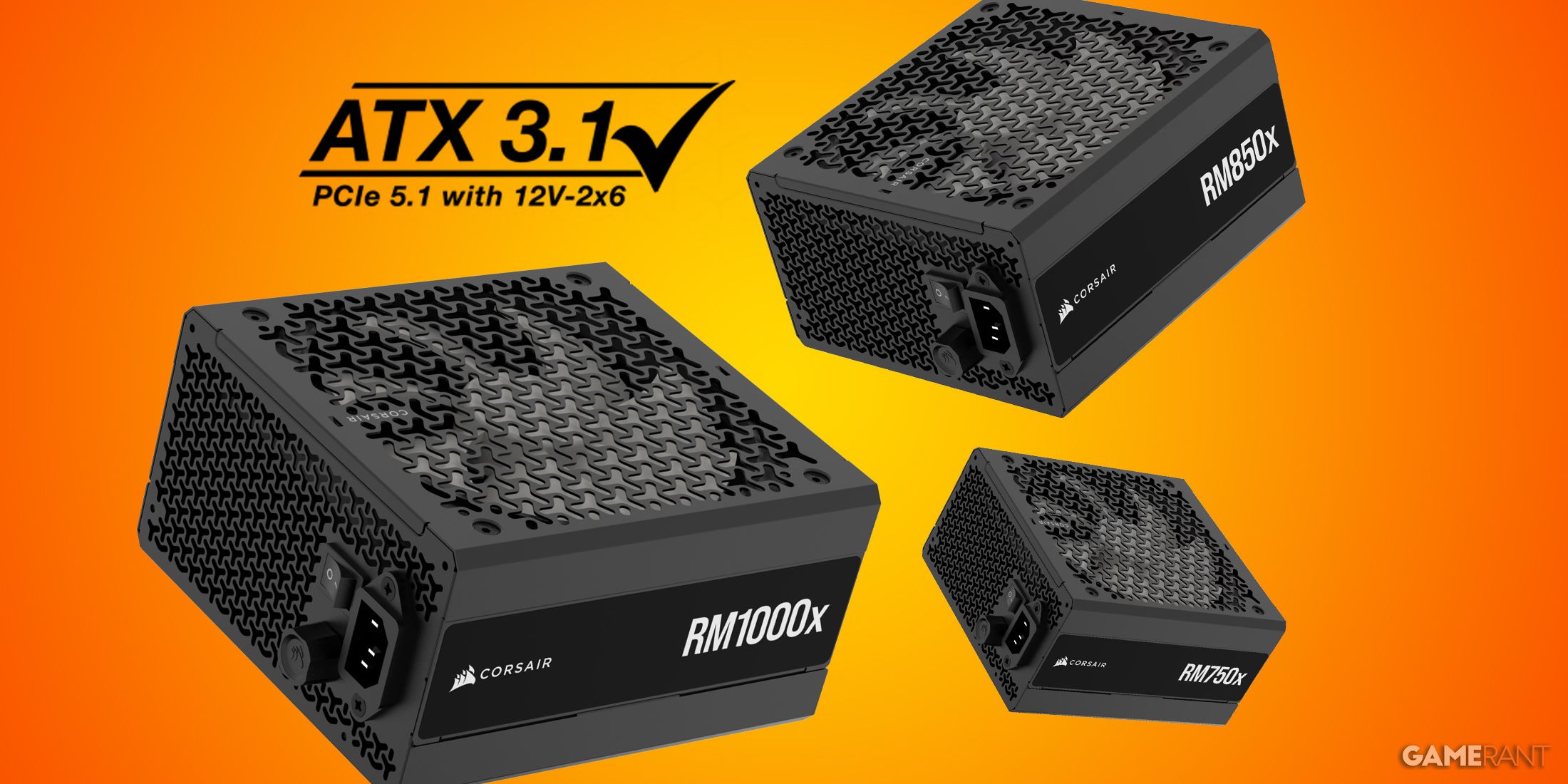
Related
Corsair RMx Series PSUs Get An Upgrade Boasting ATX 3.1 Compliance
Corsair just updated RMx Series PSUs, introducing a future-proofed ATX 3.1 standard, along with several other improvements.
Why Is This Relevant?
Much of the focus on such queries sits squarely between newer gaming-centric CPUs, PCI-E 5.0 compatible motherboards, and power supplies. The latter is a hot topic of discussion, given the 450W TDP the RTX 4090 currently commands, while its yet-to-be-revealed successor is expected to push even higher in this department.
Corsair, one of the biggest names in the business has pushed ahead on this by issuing a press release where it is highlighting its current crop of PSUs and cooling solutions (Airflow cases in particular) as being next-generation ready. The devil is in the details, however, with Corsair noting the following (relevant parts highlighted):
The latest graphics cards now require a 12V-2×6 GPU power connector, a
standard we expect will continue with next-gen GPUs
. To meet these demands, CORSAIR offers a wide range of power supplies, with models ranging from 750W up to 1500W to suit even the most demanding users. From high-wattage units for enthusiasts and overclockers to more modest options for everyday users, our power supplies guarantee that you have ample power for optimal performance. Each PSU is built with the highest quality components, ensuring reliability, efficiency, and longevity.
Next-generation high-end graphics cards could demand even more power than current models
, which can draw up to 450 watts. Factoring in high-end CPUs and other power-hungry components, this points to an increased need for higher-wattage PSUs.
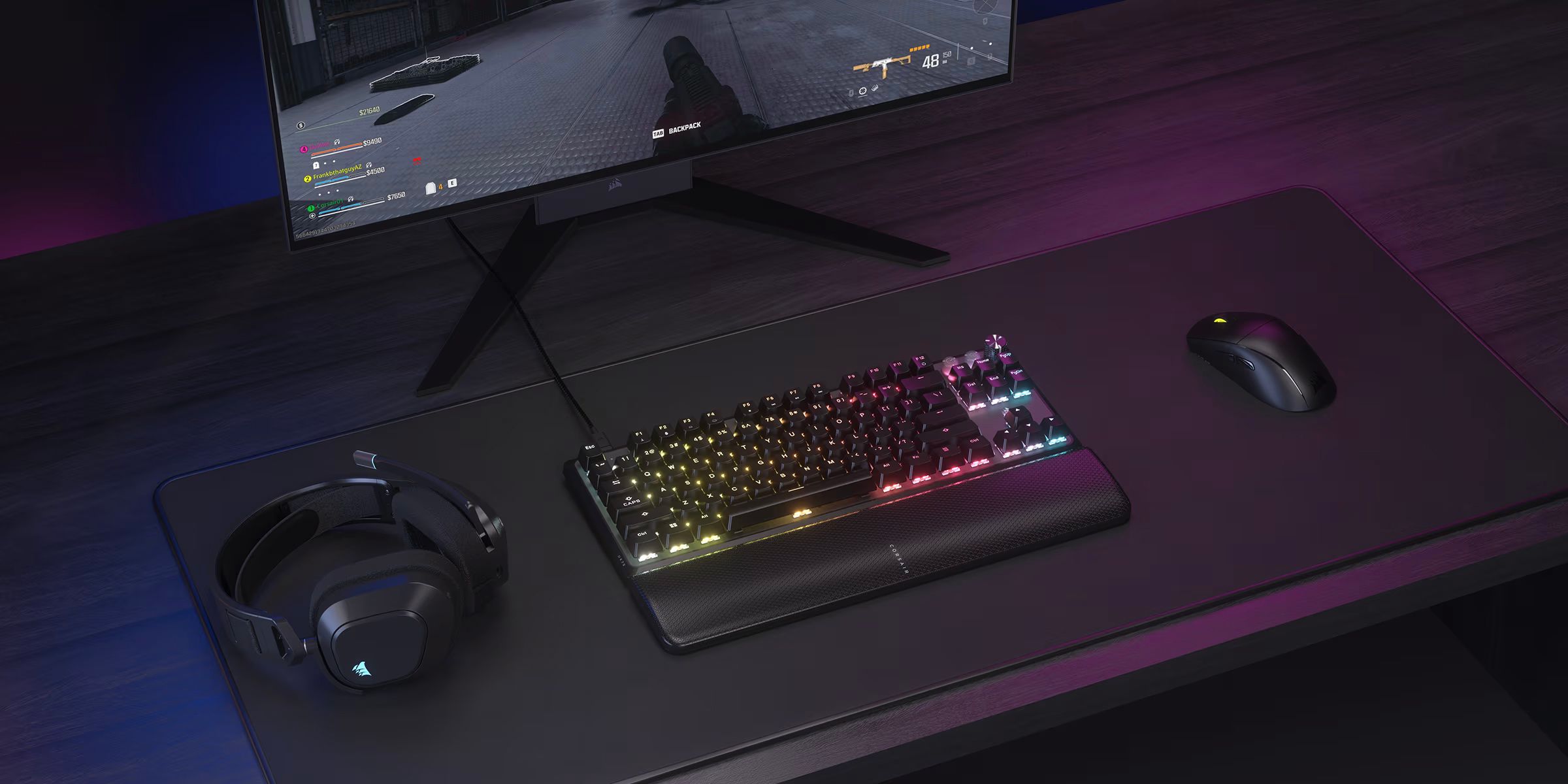
Related
Corsair K70 Pro TKL Keyboard Review
Corsair’s K70 Pro TKL keyboard doesn’t sacrifice its gaming bells and whistles for its compact form factor, making it a solid all-rounder accessory.
Should You Get A New PSU Ahead of Nvidia’s RTX 5000 Series GPU Launch?
Getting a newer high-capacity PSU, especially one with a better efficiency rating than your current one, is an investment that nearly always pays off, offering reliable power and savings across a long period of time, especially for more demanding hardware.
This can be both cost-effective and increase the longevity of one’s components. With that being said, unlike when Nvidia’s current-gen RTX 4000 GPUs launched with the new 12VHPWR connectors and resulted in many users opting for an upgrade for their PSU, this time might be very different.
For starters, most PSUs picked for Nvidia’s RTX 4090/4080 GPUs should hold their own for RTX 5000 series GPUs and Corsair seems to indicate that the connector, which supports up to 600W in power, is here to stay.
Secondly, unlike users needing to upgrade their PSUs given the massive increase in power requirements every generation, Nvidia’s RTX 5000 series GPUs might not represent such a large increase in power draw. This is especially true as more power-efficient CPUs such as the Ryzen 7 9800X3D allow for more leeway in terms of power draw for gamers opting for a more powerful PSU.
Finally, Nvidia’s initial issues with the 12VHPWR connector (or more specifically, the adapter provided), which sparked a flurry of activity from users looking for custom 3rd party solutions or a native cable running from the PSU, is no longer in play. Capable PSUs should be readily available at the time the RTX 5000 series GPUs launch sometime in the near future.
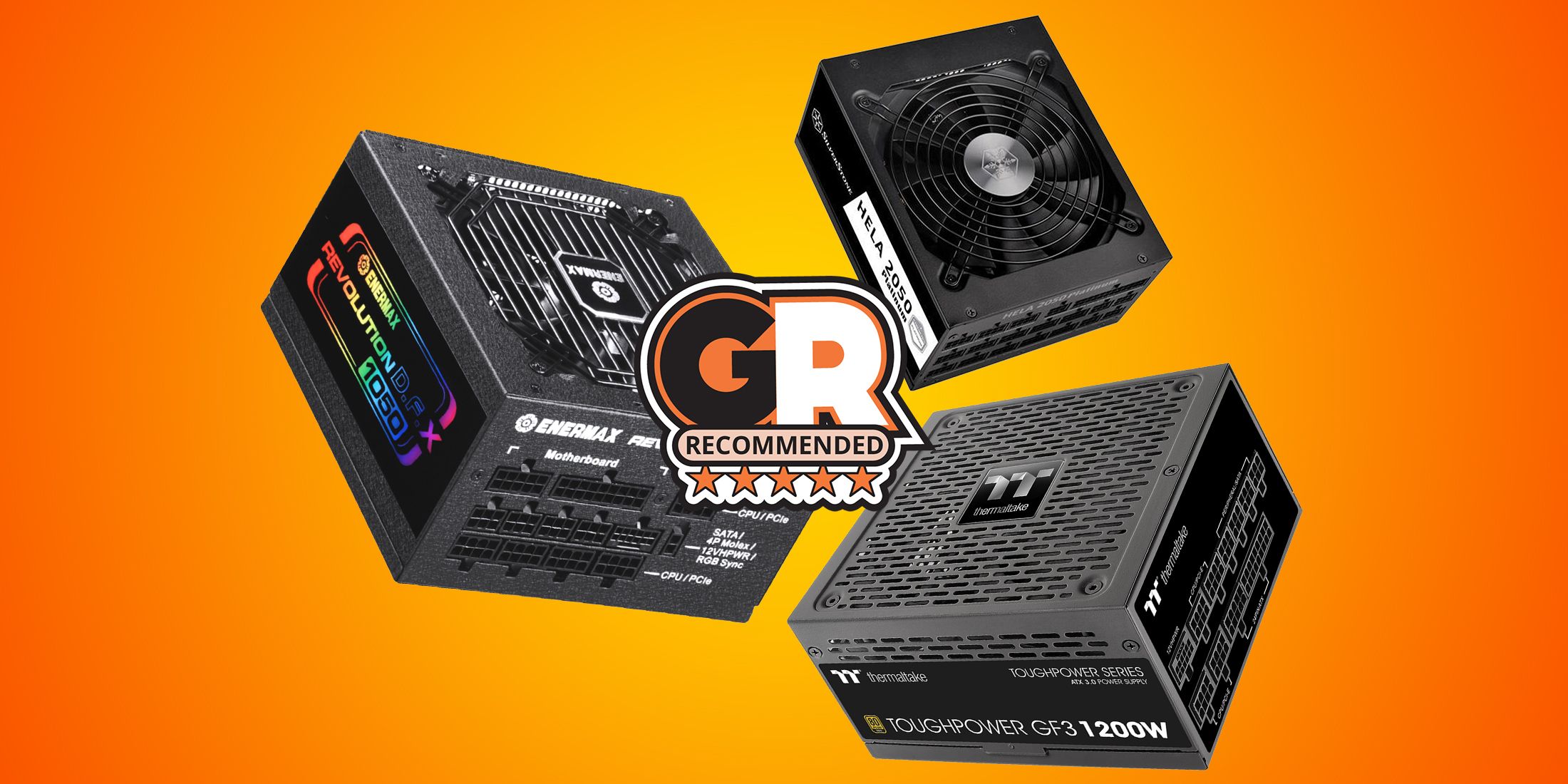
MORE
The Best PSUs over 1000W for Enthusiasts in 2024
With CPUs and GPUs becoming more and more power hungry, PSUs over 1000W make more sense than ever before.
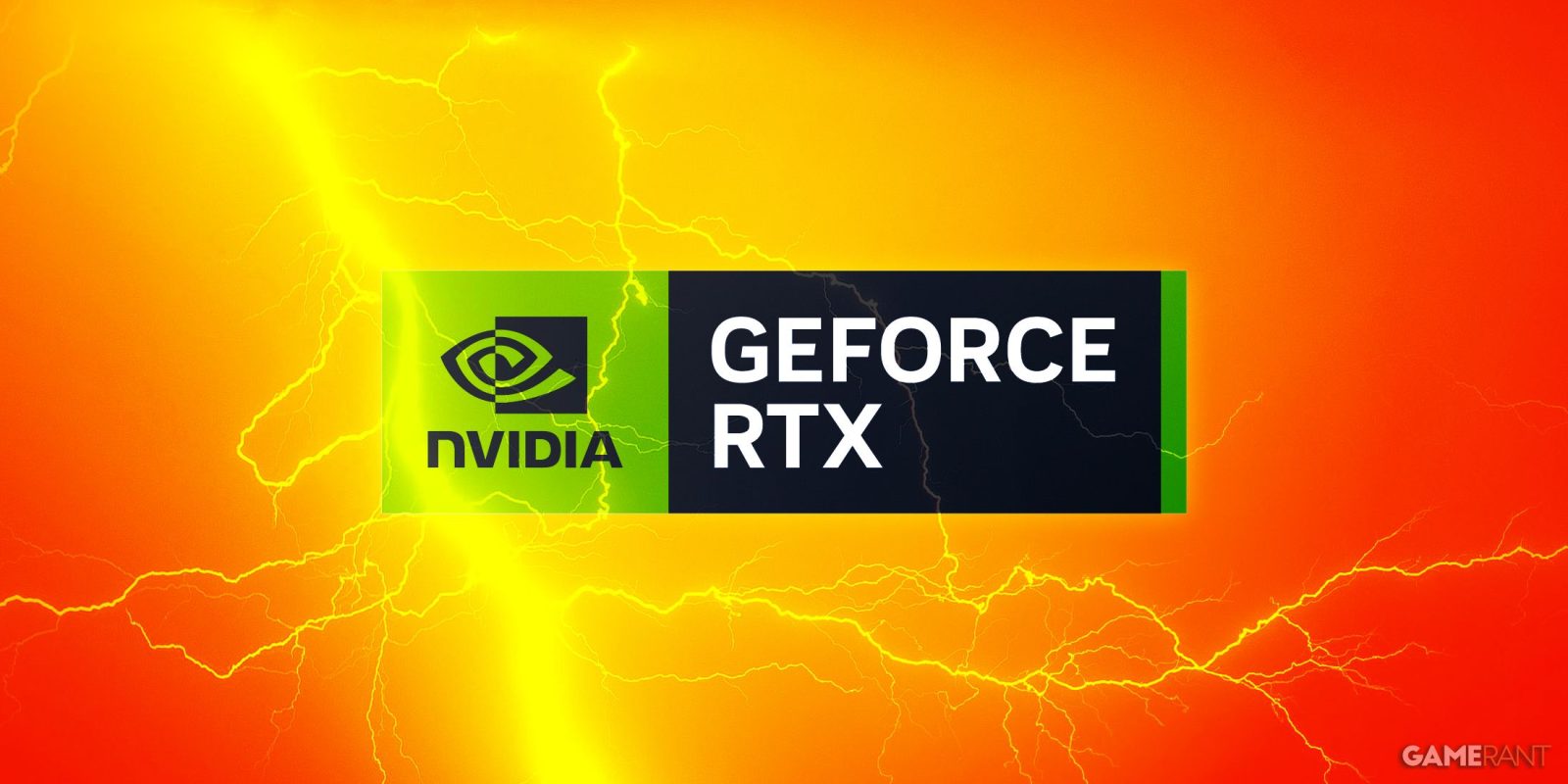






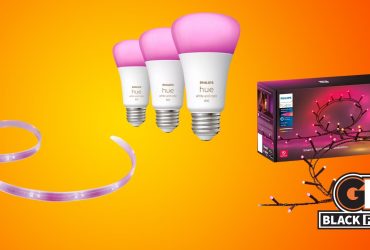
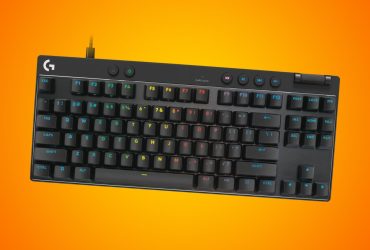
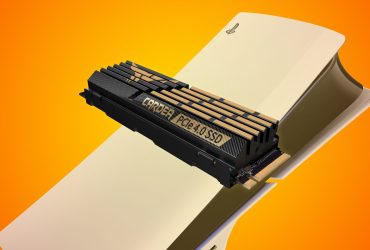
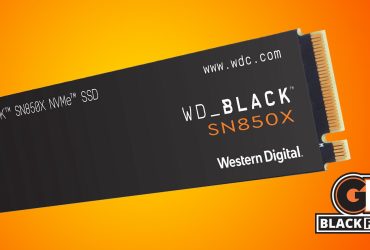
Leave a Reply